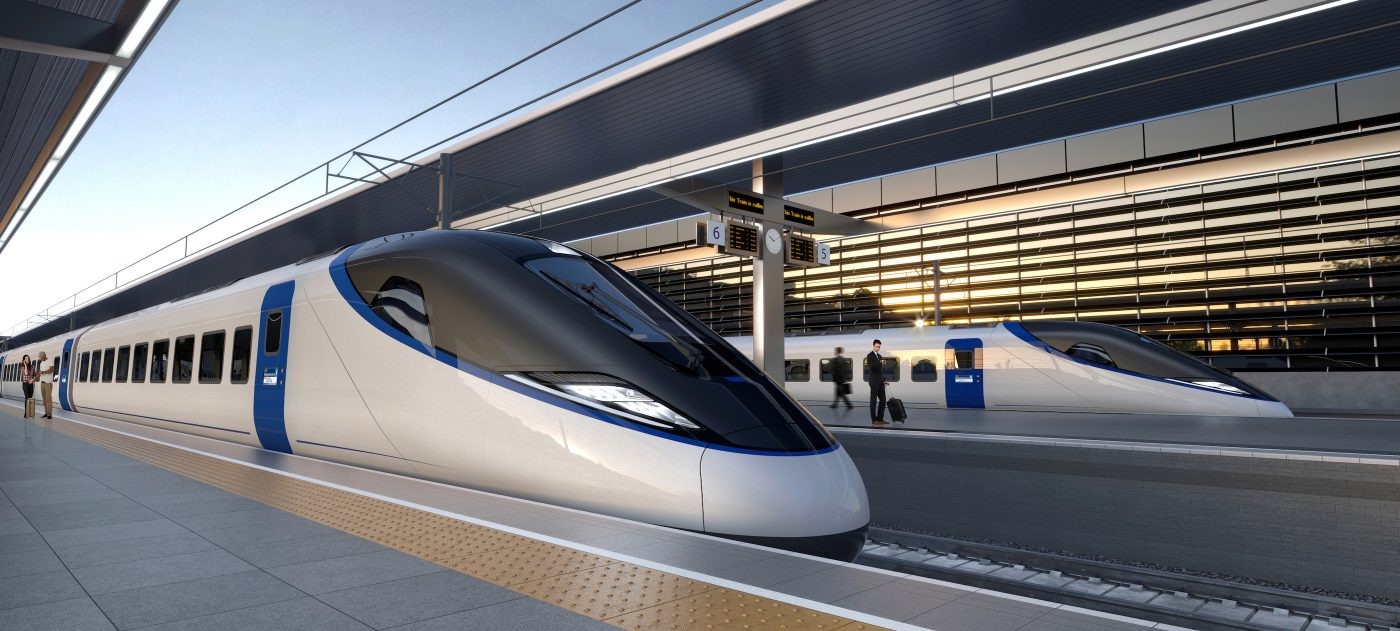For years, Maryland’s ambitious plan to build a high-speed magnetic levitation Maglev train line between Baltimore and Washington, D.C., promised to transform travel along the busy Northeast Corridor. The idea was to cut the commute between the two cities to just 15 minutes using cutting-edge technology capable of speeds over 300 miles per hour. It would have joined a small list of maglev projects around the world.
However the FRA has formally rescinded its support, canceling $26 million in grants and instructing Maryland’s transportation department to close out the project. Transportation Secretary Sean P. Duffy said, “This project lacked everything needed to be a success, from planning to execution… I can’t in good conscience keep taxpayers on the hook for it.”
Lets take a look at the history behind the ambitious maglev high speed Maryland train that has brought it to this abrupt stop.
Early Funding and Big Promises
The Maryland Maglev Project gained momentum in 2015 when the U.S. Department of Transportation awarded Maryland a $28 million grant to fund initial engineering and environmental studies. By 2016, estimates placed the total cost between $10 billion and $20 billion, with hopes to have the train operational by 2026.
Supporters, including the company Northeast Maglev, projected major economic benefits: over 160,000 jobs, billions in private investment, and reduced road traffic and air pollution. Maryland’s former Governor Larry Hogan and current Governor Wes Moore championed the plan as an investment in the state’s future.
What Made Maglev Technology So Special?
Unlike traditional trains, Maglev trains use powerful magnetic fields to float above the tracks, eliminating direct contact and friction. This technology allows for extremely high speeds and a smoother ride. Models overseas can reach speeds up to 370 miles per hour, making Maglev trains the fastest in the world.
Local Opposition and Delays Emerge
Despite strong support from state leaders, the project soon met fierce resistance from local residents, environmental groups, and some lawmakers. Communities along the proposed route worried about the impact on homes, neighborhoods, and sensitive environments. Delays mounted as the environmental review process stalled in 2021.
Federal Agencies Raise Red Flags
By 2025, the Federal Railroad Administration (FRA) concluded that the planned route for the Maryland Maglev Project would have “significant, unresolvable impacts” on federal properties and national security agencies, including Fort George G. Meade, the NSA, NASA, and others. Concerns over national security, critical infrastructure, and ballooning costs ultimately turned the tide against the project.
Federal Funding Pulled and Project Ends
On August 1, 2025, the FRA formally rescinded its support, canceling $26 million in grants and instructing Maryland’s transportation department to close out the project. Transportation Secretary Sean P. Duffy said, “This project lacked everything needed to be a success, from planning to execution… I can’t in good conscience keep taxpayers on the hook for it.”
Maryland officials agreed to comply, acknowledging that the project faced challenges too big to overcome.
Mixed Reactions to the Cancellation
Northeast Maglev, the company behind the plan, called the decision a lost opportunity, arguing that the train would have eased congestion, created jobs, and improved air quality. But opponents, including Prince George’s County Delegate Ashanti Martinez, viewed it as a long-awaited victory for communities that would have been most affected.
What Comes Next for High-Speed Rail in Maryland?
Though the Baltimore-Washington Maglev project is now part of history, the idea of bringing Maglev technology or other high-speed rail to the U.S. remains alive. Federal officials emphasized that better-planned projects could still get support if they prove practical, affordable, and community-friendly.
The Maryland Maglev Project story is a reminder of the challenges — and the promise — of building the transportation systems of tomorrow.

